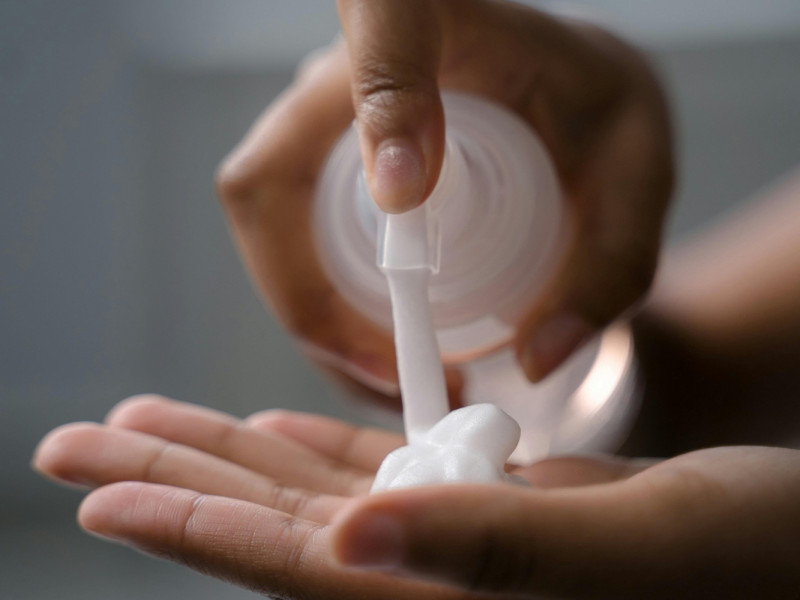The cosmetics industry is undergoing significant transformations due to evolving plastic tax policies and packaging regulations aimed at promoting sustainability. Staying informed and compliant with these changes is crucial for businesses striving to meet environmental standards and consumer expectations.
UK Plastic Packaging Tax Updates
Introduced on April 1, 2022, the UK Plastic Packaging Tax (PPT) imposes a levy of £200 per tonne on plastic packaging containing less than 30% recycled content. This tax aims to incentivize the use of recycled materials and reduce plastic waste. As of April 1, 2024, the tax rate increased in line with the Consumer Price Index (CPI), adjusting to £217.85 per tonne . This adjustment underscores the government's commitment to environmental objectives and encourages businesses to adopt more sustainable packaging solutions.
Implications for the Cosmetics Sector
For cosmetics companies, the PPT presents both challenges and opportunities. Brands importing or manufacturing over 10 tonnes of plastic packaging annually must assess their packaging strategies to minimize tax liabilities. This scenario has prompted many to explore alternative packaging materials and designs that align with sustainability goals and reduce reliance on single-use plastics.
Upcoming Packaging Regulations in the EU and UK
Looking ahead, both the European Union and the United Kingdom are set to enforce stricter packaging regulations. The EU's Packaging and Packaging Waste Regulation (PPWR) aims to ensure all packaging is designed for recycling by January 1, 2030, and recyclable by 2035 . Similarly, the UK's Extended Producer Responsibility (EPR) scheme, effective from October 2024, will hold producers financially responsible for the collection and recycling of packaging waste. This initiative is expected to generate substantial funds to enhance recycling infrastructure but also poses financial challenges for businesses due to associated fees.
Chemical Restrictions in Cosmetics Packaging
Beyond packaging, regulatory bodies are tightening controls over certain chemicals used in cosmetics. The UK government is updating regulations to reduce or prohibit specific substances, including certain fragrance allergens and chemicals classified as carcinogenic, mutagenic, or reprotoxic (CMR). These changes aim to enhance consumer safety and align with broader environmental objectives.
Strategic Considerations for Cosmetics Brands
To navigate these regulatory changes effectively, cosmetics brands should:
- Assess Packaging Materials: Evaluate current packaging to identify opportunities for incorporating recycled materials and reducing plastic usage.
- Stay Informed: Keep abreast of regulatory developments in both the EU and UK markets to ensure compliance and anticipate future requirements.
- Engage with Stakeholders: Collaborate with suppliers, regulators, and industry groups to influence and adapt to policy changes proactively.
- Communicate Transparently: Highlight sustainability efforts and compliance achievements to consumers, enhancing brand reputation and trust.
Embracing these changes not only ensures regulatory compliance but also positions brands as leaders in sustainability, meeting the evolving expectations of environmentally conscious consumers.
We’re creating beauty, differently.

